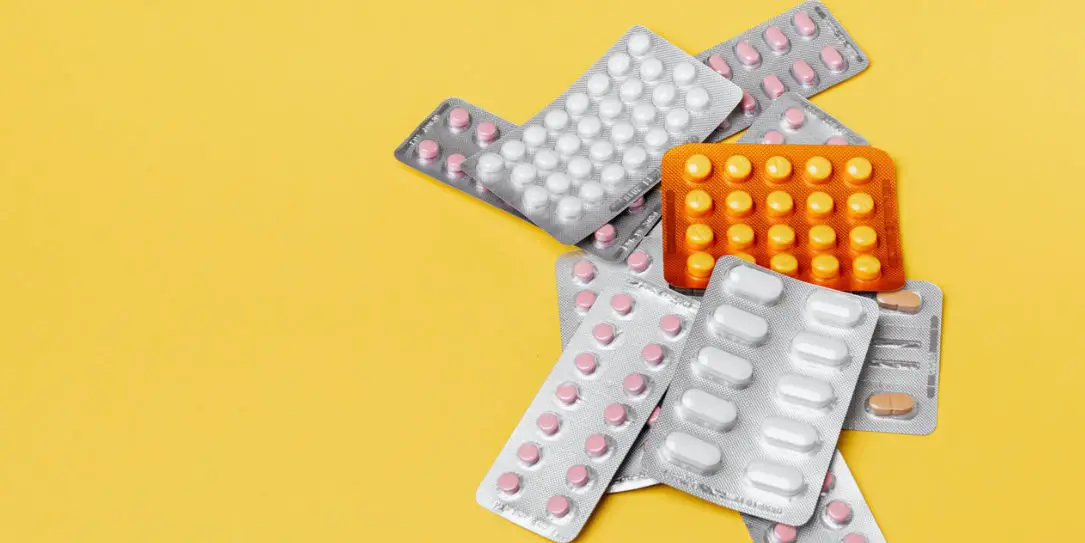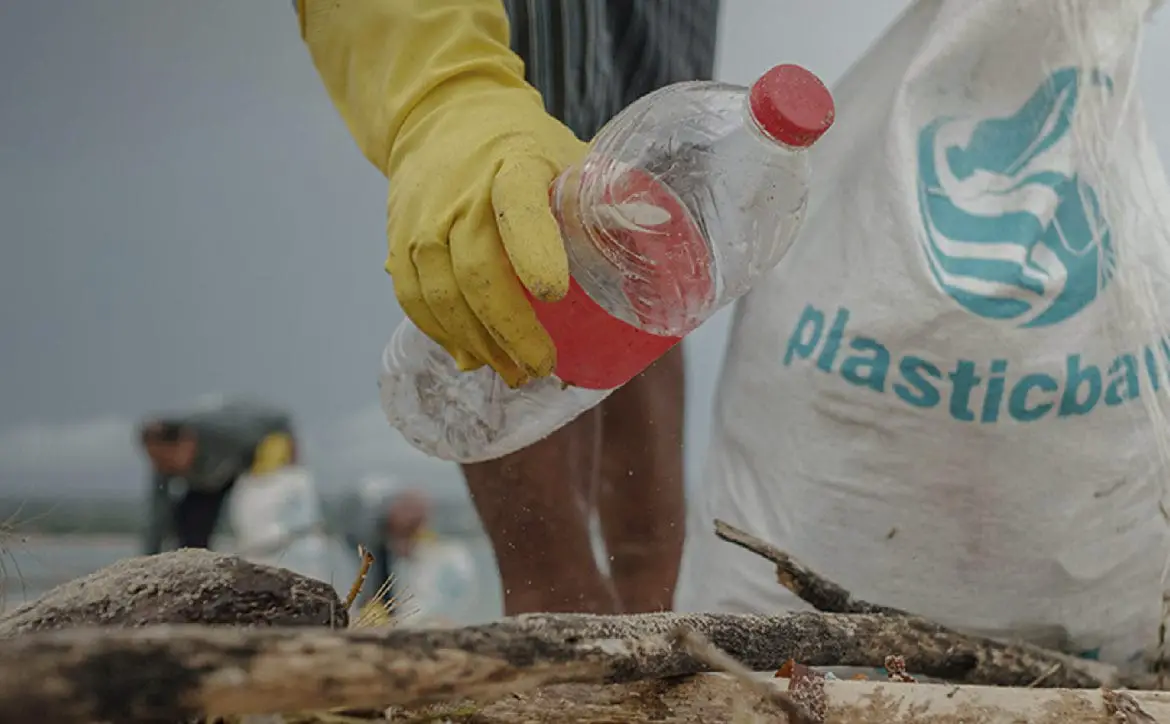In ordinary times, the process that pharmaceutical companies use to create, test, and bring to market new drugs is an important one. But in the middle of a pandemic, it’s the kind of thing that ordinary people tend to observe with keen interest. For example, people worldwide are now watching the development of a whole raft of COVID-19 treatments in real-time, hoping for some good news that the medical establishment might soon produce a drug or a reliable treatment for the deadly disease.
But for those outside the industry, it’s often difficult to understand why it seems to take so long to come up with new drugs to fight emerging diseases – and why the work seems to be going much faster in recent years. The answer to the former is the sheer scale of the work involved. And the answer to the latter is technological advancement. To help explain, here’s a look at how the typical drug development process works and how technology is dramatically shortening the time between initial research and regulatory approval.
The Stages of Drug Development
The end-to-end process that results in a new medicine becoming available for public use is not a lengthy one. But the complexities involved in each step cause the process to take as long as it typically does, which is between 10 to 12 years on average. Here’s what’s involved.
Stage One: Early Drug Discovery
Researchers look for chemical compounds that may affect a targeted property of a disease or other illnesses at this early stage. For many years, this was done by testing known compounds against a biological sample one by one. It is one of the most time-consuming steps of the entire drug development process.
In recent years, though, laboratories have started using vast, computer-aided sample libraries that allow for some automation of the process. Now, they use what’s called high-throughput screening, which uses equipment like luminescence plate readers from BMG Labtech to investigate the interactions of the targeted compounds at a high rate of speed.
The high-throughput screening process has managed to increase laboratories’ capacity to test the potential of compounds to a staggering 100,000 samples per day in many cases. That routinely shaves months off of the process compared with previous manual screening methods. And the technology is still improving.
Stage Two: Lead Optimization
In the second phase, researchers use the data generated to create a shortlist of compounds to work with. They take those compounds and investigate the active properties each has concerning the disease they’re working on. Then, they optimize those compounds, looking for ways to increase their effects.
This is most often done using the researchers’ experience and any investigational data available from prior studies. But the most advanced laboratories now go a step further. They make use of the latest cutting-edge artificial intelligence (AI) to aid their work. The latest AI solutions in the pharmaceutical field can often identify useful overlooked compounds while looking for cures for long-researched diseases. In fact, back in 2017, an AI system helped discover 4 promising compounds that might aid in treating amyotrophic lateral sclerosis (ALS) – which has bedeviled researchers for decades.

Stage Three: Candidate Selection
At this point, researchers select the most promising compound from the earlier stages and prepare it for use in pre-clinical and clinical trial phases. At this point, the researchers try to make sure the selected compound is unlikely to cause side effects in patients. This includes creating a comprehensive toxicology report.
At this stage, the researchers investigate the viability of the potential drug by figuring out how difficult it would be to mass-produce and how much it might cost to do so. Unfortunately, pharmaceutical companies are still businesses – so they won’t always advance a promising treatment from this stage if it isn’t likely to make them money.
Stage Four: Pre-Clinical and Clinical Trials
Stage four is the part of the process that gets the lion’s share of the public’s attention. It’s when the potential new drug goes through early investigations using live cells. This typically begins with animal cells – depending on the type of disease and the compound under scrutiny. This is done to make sure that there’s a low or nonexistent likelihood of severe side effects associated with the compound’s intended use. More often than not, mice are the animal of choice because 99% of their genes overlap with humans.
Once approved by regulators, the potential drug then moves to human clinical trials. These are conducted in successive stages, with each including more participants than the last. The purpose is to gather data about the drug’s efficacy, safety, and potential side effects. But because of the complexity of the work and the care that has to go into getting everything right, the whole process can take anywhere from 3 to 6 years.
New Technologies Chipping Away at Development Time
What’s most important to understand here is that technology not only already plays a large role in today’s drug discovery process but that it’s also evolving to take over and accelerate much of the most time-consuming parts of the process. For example, the merger of automated processes like high-throughput screening and AI holds the promise of getting investigational drugs to the process’s clinical research phases in months – not years.
In fact, this January, the first drug ever invented entirely by an AI reached the clinical phase’s beginnings in twelve months. If successful, it would result in the drug getting to market in less than five years, which is less than half of the typical time it takes. And there’s plenty of reason to believe that the process could be done even faster. This time around, the companies responsible took their time to check in on the AI’s work because the process was about testing the AI’s capabilities as it was about developing a real medicine. In the future, such checks might be eliminated, resulting in an even more streamlined process.
The Bottom Line
Of course, this all leads to the abnormally fast development of the potential treatments for COVID-19 that we’ve witnessed of late. And interestingly, those haven’t even taken advantage of many of the more cutting-edge processes discussed here. In their case, the real drivers behind the rapid development are simpler to understand – overwhelming need and near-endless funding to allow for multiple investigational processes to go forward at once.
But that way of doing things has drawbacks. A study by the World Health Organization has already called the efficacy of one of the recently-developed drugs – Remdesivir – into question. In their tests, it had no measurable positive effects on real-world patients, which illustrates why merely speeding up conventional drug development methods may not be the best way forward. But rest assured, the steady march of technological progress in drug development leads to better drugs getting to market faster than ever before. And one day, not far from today, we’ll see the vast majority of drugs being designed from scratch by machines. And at that time, we’ll all be healthier – and better off – than ever before.
Last Updated on February 3, 2021.










